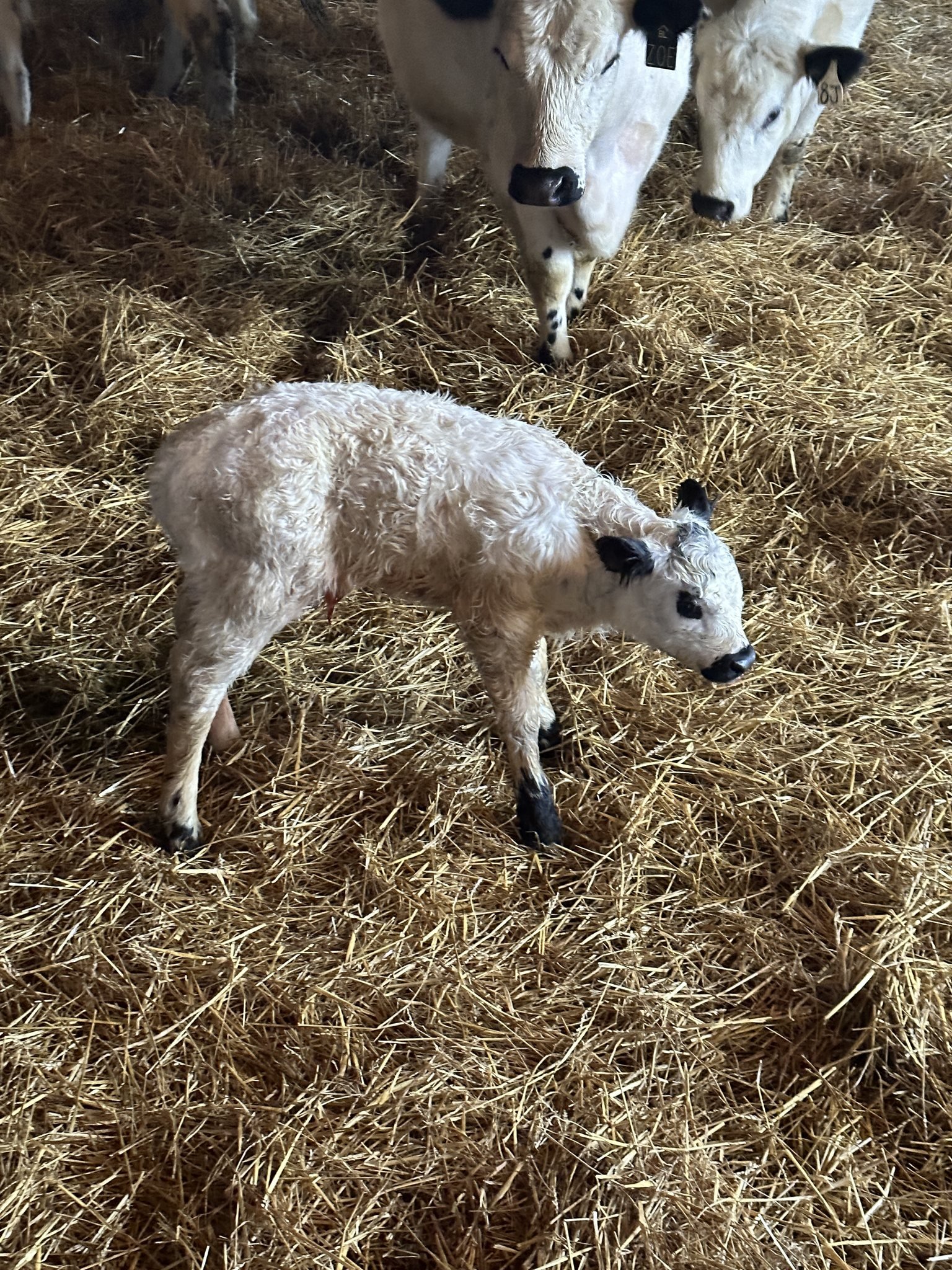Exploring the Versatility of British White Cattle: A Unique Breed with Endless Potential
British White Cattle, an ancient and distinctive breed, have been an integral part of British agriculture for centuries. Renowned for their adaptability, resilience, and versatility, these cattle have become increasingly popular not only for their exceptional disposition but also for their unique characteristics that make them well-suited for various agricultural practices.
Historical Significance
While British White Cattle are relatively newer to the US market, they have deep roots across the pond that can be traced back to medieval England, where they were prized for their dual-purpose nature. Initially bred as draught animals for farm work, their versatility soon became evident as they excelled in both meat and milk production. Today, they not only stand as a testament to the rich agricultural heritage of the British Isles but are quickly making a name for themselves here in the States.
Distinctive Appearance
Characterized by their striking white coat and dark pigmented points (ears, nose, eyes, and hooves), British White Cattle are not only visually appealing but also well-suited for various climates. Their unique appearance sets them apart in the field and contributes to their popularity.
I might be a little bit partial but these are some of the cutest cattle that you can have for your operation. With quite a bit of coat variance, you can get anything from a mostly white cow to a darker cow and anything in between.
Adaptability to Different Environments
One of the key strengths of British White Cattle lies in their ability to thrive in diverse environments. Whether it's the lush pastures of the countryside or the rugged terrains of upland areas, these cattle showcase remarkable adaptability regardless of their environment. Farmers appreciate their resilience, making them an ideal choice for a range of farming systems.
In addition to their general hardiness, they also tend to adapt to their environments extremely well. This makes them an ideal breed for small farmers who may not have access to the resources needed to raise other types of cattle.
Dual-Purpose Attributes
While British White Cattle are renowned for their meat quality, they also excel in milk production. Their milk is rich in butterfat and protein, making it suitable for a variety of dairy products. This dual-purpose nature adds to the breed's versatility, providing farmers with options to specialize based on their specific agricultural goals. We see the breed going in popularity among the homesteading communities.
Great Reproduction Qualities
While British White Cattle are renowned for their coat and easy-going attitude, they also make great mothers! British White Cattle have a reputation for easy calving. This is due to their smaller size and efficient pelvises, which make calving a breeze. This makes for a herd of mothers who generally need less help when it comes to calving and are relatively self-sufficient. We can attest to this on our own farm, we’ve been blown away by their calving ease!
Resurgence in Popularity
In recent years, there has been a resurgence of interest in traditional and heritage breeds, leading to a renewed appreciation for British White Cattle. White British Whites are great for any operation but are particularly great for smaller operations due to their manageable herd size, docile temperament, and ease of handling.
British White Cattle, with their rich history, distinctive appearance, and versatile attributes, have earned their place as a valuable breed in modern agriculture. From their dual-purpose nature to their adaptability to diverse environments, these cattle continue to prove their worth in sustainable and ethical farming practices. As the demand for high-quality, locally sourced products grows, British White Cattle are poised to play a significant role in the future of responsible and efficient livestock farming.


